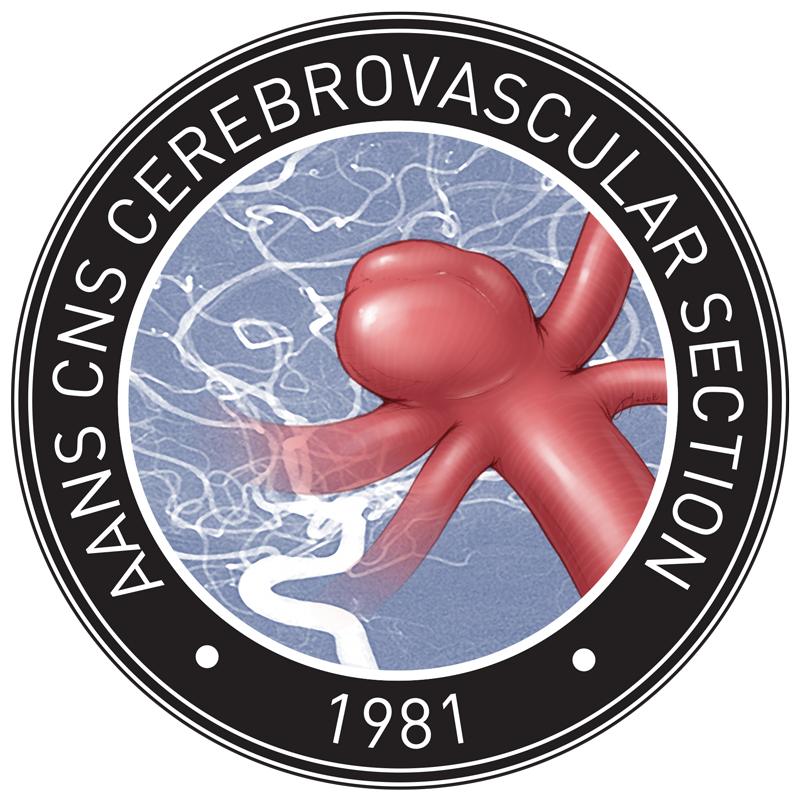Use of Platelet Function Testing Before Pipeline Embolization Device (PED) Placement – A Mutlicenter Cohort Study

Thromboembolic complications are a significant source morbidity related to neurointerventional procedures, especially with consideration to the use of flow diverters. Use of the PED necessitates the use of dual antiplatelet therapy to reduce this risk. Platelet function testing remains controversial before PED placement. This retrospective cohort study was performed at 3 academic institutions where 402 patients underwent 414 PED procedures to treat 465 intracranial aneurysms. Much about clopidogrel resistance is gleaned from cardiology literature. Approximately half of neurointerventionalists in the United States reportedly switch non-responders to another antiplatelet agent (typically ticagrelor or prasugrel). 77.1% of procedures used a single PED and >= 3 PED were placed in 3.6% of procedures. Pretreatment platelet function testing was performed in 96.4% of patients – 28.8% patients were identified as clopidogrel non-responders. Of the non-responders 32.2% were switched to ticagrelor and 67.8% remained on clopidogrel. Of those remaining on clopidogrel, 65.4% received a one-time boost of 600 mg prior to the procedure. Larger maximal aneurysm diameter was associated with higher rates of thromboembolic complications, whereas patient characteristics and treatment characteristics, which include the number of PEDs used, had not impact on complication rate. There was no significant difference in rate of thromboembolic complications or hemorrhage complications between clopidogrel responders. Non-responders experienced a significantly elevated rate of thromboembolic complications in comparison to responders (17.4% vs. 5.6%). This difference was even more significant when non-responders remained on the same dose of clopidogrel when compared with responders (51.9% vs. 5.6%). Within the non-responder cohort, patients switched to ticagrelor had significantly lower rates of complications compared to those patients that remained on clopidogrel (2.7% vs. 24.4%). For those non-responders receiving a boost dose prior to the procedure, the rate of thromboembolic complications was lower (9.8% vs. 51.9%). While there was a trend for lowered thromboembolic complications in the ticagrelor group when compared to the boost dose group, this did not reach statistical significance. Identification of clopdiogrel non-responders and initiating alternative antiplatelet regimen may reduce thromboembolic complications associated with PED placement.
https://doi.org/10.1161/STROKEAHA.116.015308
